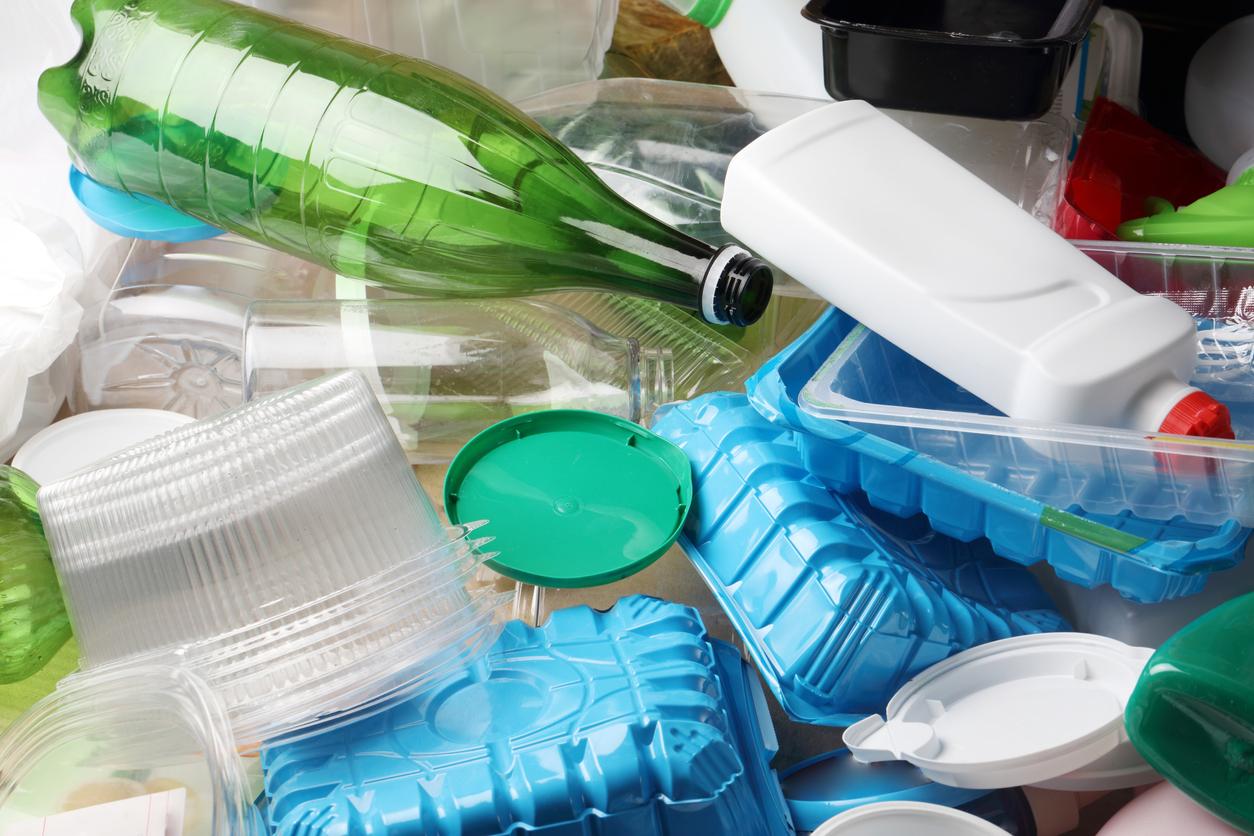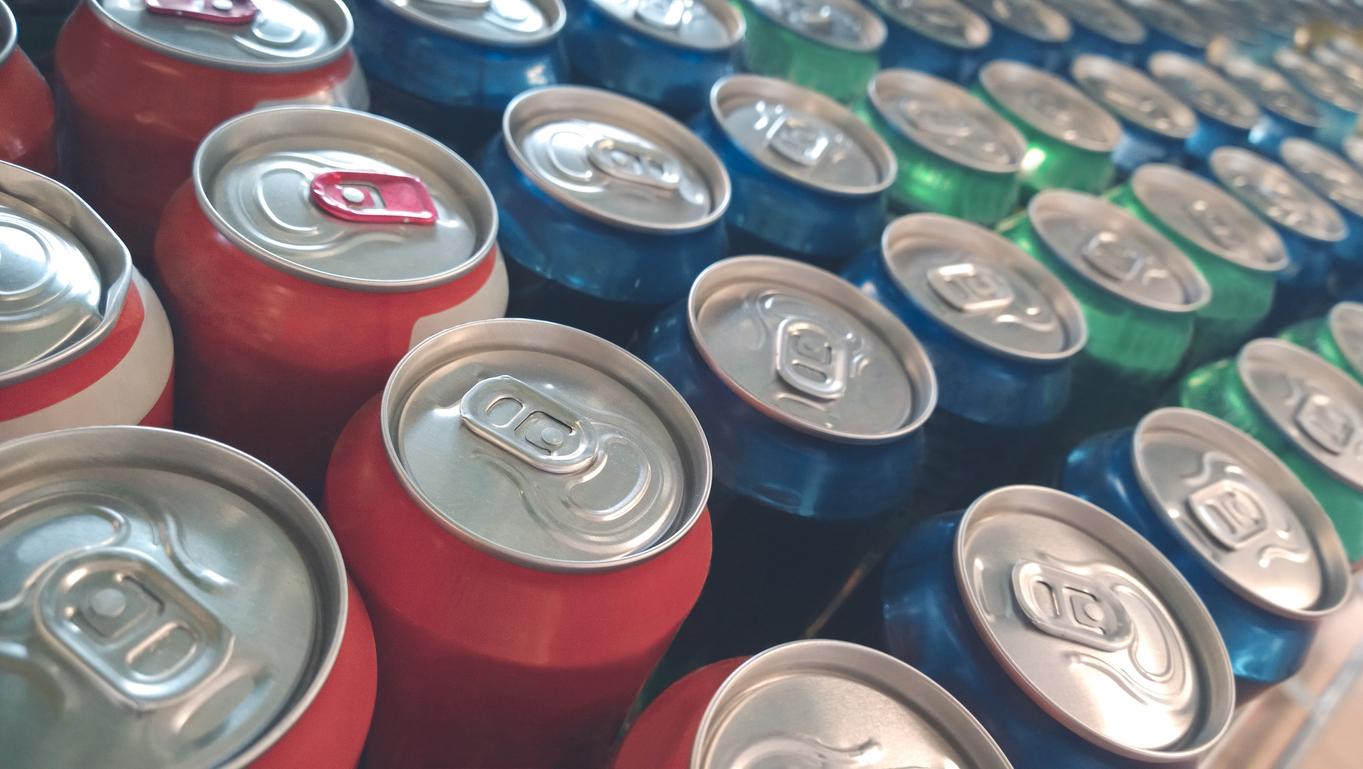A team of researchers has discovered that chemicals from plastic containers can spread in several solvents but also certain food products in just one week.

- Researchers have found that PFAS can spread through some solvents and food products in just one week.
- The study authors explain that plastic containers of goods such as household products, pesticides, personal care products and even some foods, often test positive for PFAS.
- They hope these findings will inspire more researchers and officials to consider the greater impact that PFAS may have on human health and the environment.
In recent years, science has begun to identify certain health effects of PFAS, the per- and polyfluoroalkyl substances, to which we seem to be increasingly exposed in our daily lives. As part of a new studypublished in early March in the journal Environmental Science & Technology Lettersa team of researchers from the University of Notre-Dame in the United States
show for the first time that PFAS can infiltrate food through plastic packaging and that temperature can have an impact on this process.
Plastic: which products are contaminated with PFAS?
The researchers found that PFAS could spread through both solvents and some food products in just one week, which is enough to pose a significant risk to consumers. The study authors explain that plastic containers of goods such as household products, pesticides, personal care products and even some foods, often test positive for PFAS.
“Not only did we measure significant concentrations of PFAS in these containers, but we can also estimate that the PFAS that leached created a direct exposure pathway,” explains Graham Peaslee, professor of physics at Notre-Dame University, in a university statement.
PFAS pollution also impacts the environment
Studies frequently advise against the use of these types of containers for food packaging. The specific type of plastic involved is called fluorinated high-density polyethylene (HDPE) plastic. Manufacturers also often store pesticides there, adding another way for PFAS to potentially contaminate food. Once these chemicals are used, they enter groundwater and our ecosystems.
The study authors hope that these findings will inspire more researchers and officials to consider the greater impact that PFAS may have on human health and the environment.















